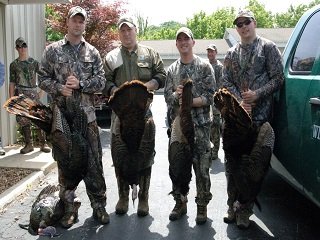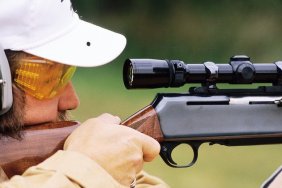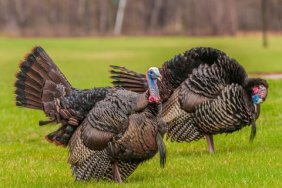 In the first part of turkey hunting mistakes, I covered overcalling and being patient. Both of these are hard mistakes to avoid but it can be done as long as you have faith in the process of turkey calling and you are in a good hunting location.
In the first part of turkey hunting mistakes, I covered overcalling and being patient. Both of these are hard mistakes to avoid but it can be done as long as you have faith in the process of turkey calling and you are in a good hunting location.
It is easy to tell people, “Don’t move,” or “Be still,” but one man’s stillness is another man’s flailing. During my years as a turkey guide, it drove me crazy to have a client that would not, or could not, sit still. It is absolutely essential for a turkey hunter to be still. Turkeys can see eye blinks from 100 yards. I know because I have tested this theory out several times. Being still might sound elementary, but I would guess 90% of all my turkey clients never sat still enough for my approval. I get it that it’s hard to do, but you must suffer to be rewarded and I have had taken many birds just as they let out a loud alarm “PUTT” as I ordered my clients to fire. Sitting still is underrated for turkey success.
Being savvy while hunting is something that cannot be taught. To me and most of my hunting friends, it’s only natural to wait until a bird goes behind a tree when readjusting positions, but you would be surprised how many people are not hunting savvy. Being savvy can mean many things but knowing when to walk, talk, move or give up is all a part of it. It can’t be taught, but it can be learned.
Decoys are a big time part of turkey hunting these days, but I never like using them. In most cases, they only draw in two-year old or younger birds and I don’t need a bunch of young birds hanging around trying to give me away when I am hunting for big boys. I think decoys are much more effective on TV than in real life and I always enjoyed making a bird look for me instead of seeing my decoys and having time to size up the situation they are about to put themselves into.
Decoys can be great during the early season when the gobblers are all out together strutting their stuff before they take off to work their strutting zones for the next couple of weeks, but overall, I leave them in the bag unless a client would settle on a two year old, 9 inch bearded bird.








